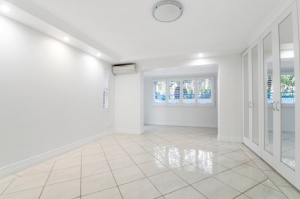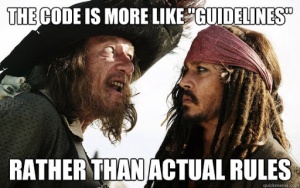
Photo 67785157 | © Konstantin Iuganov | Dreamstime.com (picture paid for)
“Dear Diary, Today was an adventure.”
I’ve never personally been much of filling journals or diaries. This blog and the vlog over on TikTok is the closest I get, and I think I miss out on something important with that. Filling a journal keeps track of the amazing things that happen in your life that all blend together over time. An adventure of going to a store you have never visited. Laughter a child shared with you. A near miss on the street. All these peculiar, wonderous, remarkable things. Or you can take the ordinary and mundane and make it extraordinary. The fight to get out of bed. Doing battle with the garden. Drinking the mystical elixir of wakefulness. Life is magic and journals and diaries give a writer a chance to capture it.
Today’s writing exercise is particular helpful if your well is dry or a writer’s block has appeared in your wording road.
WRITING EXERCISE: Create a diary entry taking an ordinary event and making it fantastical. How did you fight gravity today? Any of your drinks containing liquids from other continents? Did you use a tech today that when you really think about it, it becomes amazing (such as running water in the house)? Aim of 100-500 words for your entry. If you are in a writing slump, aim for the higher end.



